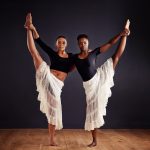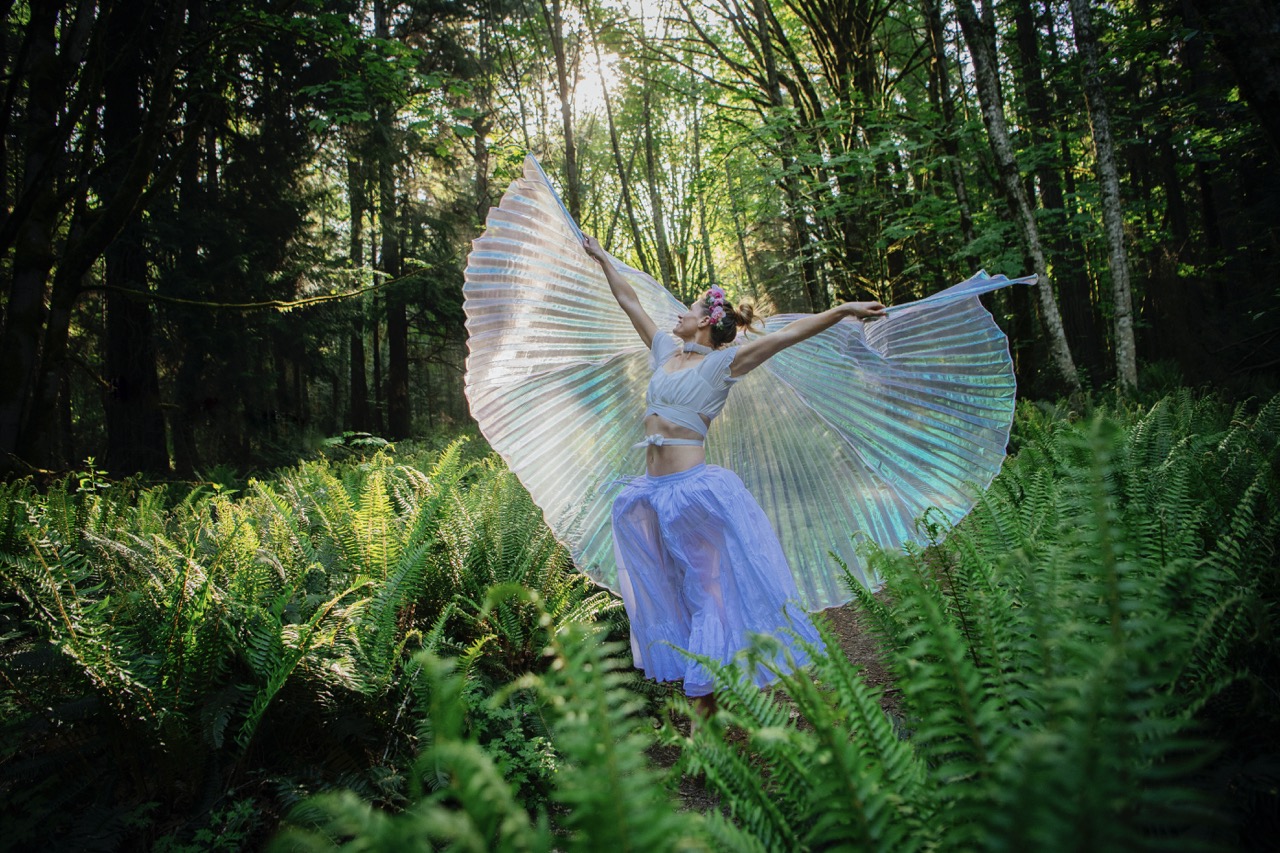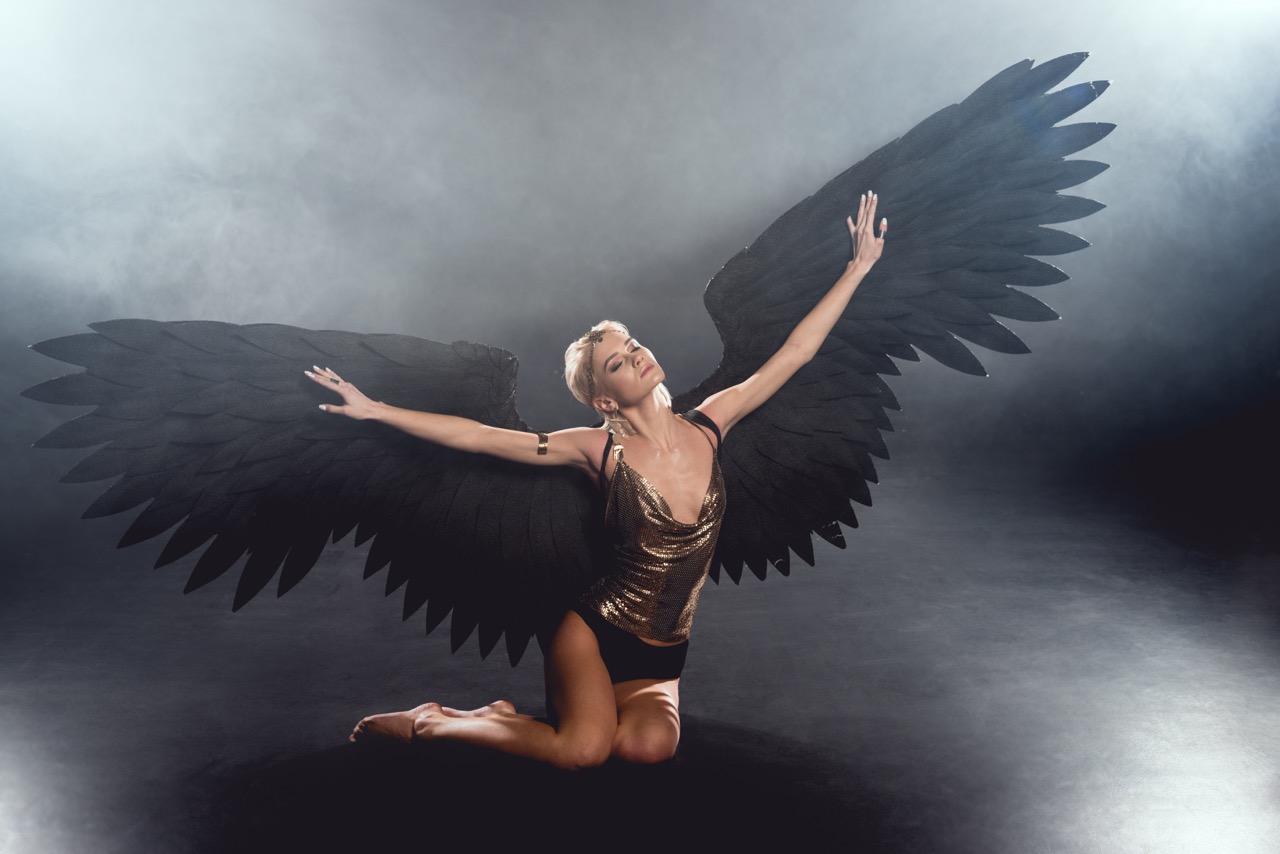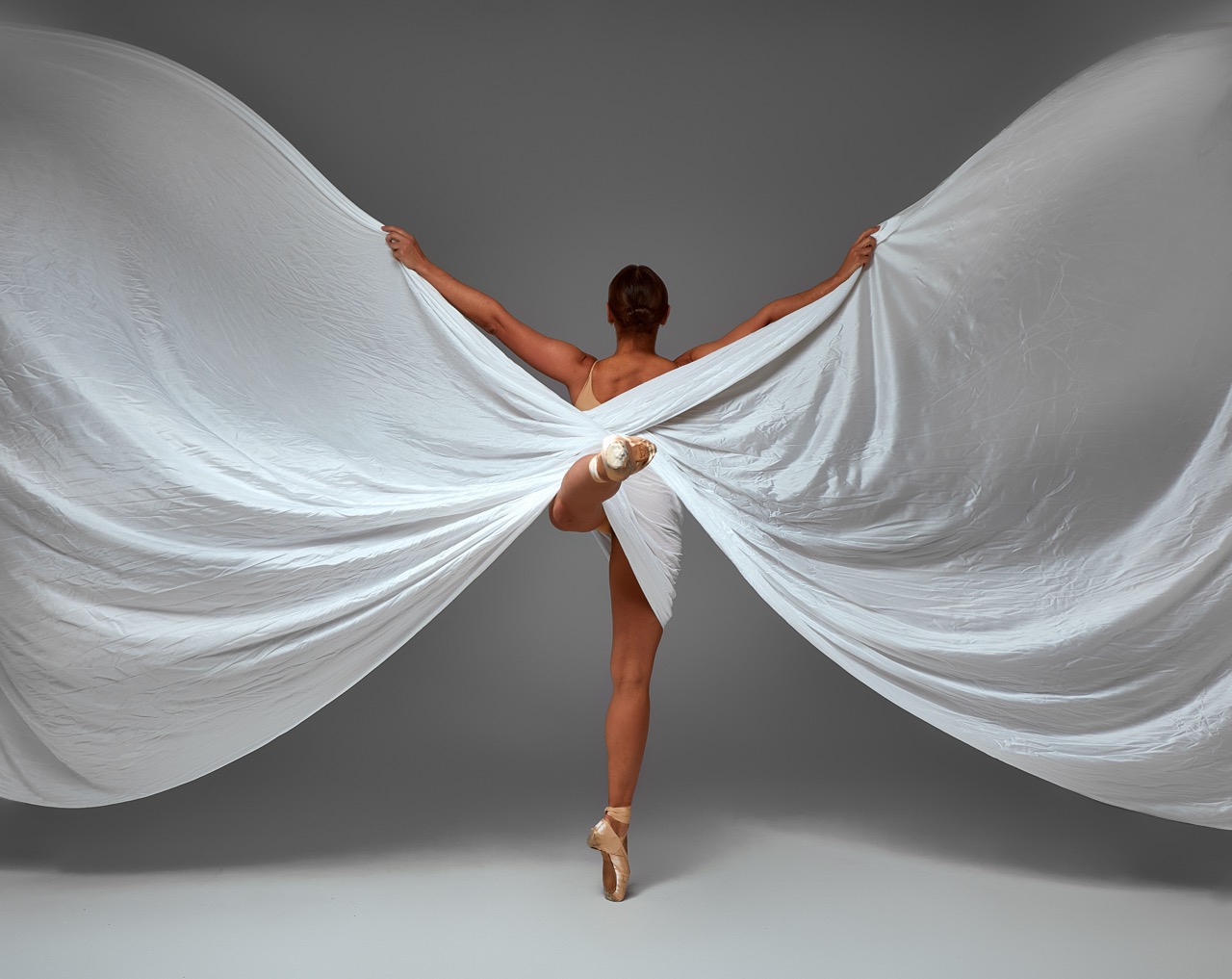Dance has long been a universal language, transcending borders, cultures, and backgrounds. As an art form, it serves not only as a means of expression but also as a powerful tool for empowerment, particularly among women and minorities. Through rhythm, movement, and storytelling, dance creates a platform for voices that have traditionally been marginalized. This article explores the multifaceted role of dance in empowering these groups, revealing how it fosters confidence, community, and social change.
Dance as a Catalyst for Empowerment and Expression
Dance provides a unique avenue for personal expression, allowing individuals to connect with their emotions and experiences. For women and minorities, this form of expression is often vital in reclaiming narratives and asserting identities that have been suppressed or overlooked. Through dance, they can communicate their stories, struggles, and triumphs in a visceral way that transcends spoken language. This non-verbal expression can be particularly liberating, enabling participants to break free from societal constraints and embrace their authentic selves.
Furthermore, engaging with dance nurtures self-confidence and self-worth. Dance classes and performances offer a supportive environment where participants encourage one another, fostering a sense of belonging and camaraderie. For many women and minority dancers, the act of performing in front of an audience becomes a transformative experience, allowing them to overcome fears and embrace their individuality. This newfound confidence often translates into other areas of life, empowering them to advocate for themselves and their communities.
In educational settings, dance programs can serve as a powerful tool for empowerment. Schools that incorporate dance into their curricula often witness heightened engagement and improved self-esteem among students from diverse backgrounds. By facilitating creative expression and collaboration, these programs help cultivate leadership skills and a sense of agency, enabling students to take charge of their own narratives and futures. Thus, dance becomes not only an art form but a catalyst for personal and communal empowerment.
Breaking Barriers: Dance in Diverse Communities
Dance holds a unique place in diverse communities, acting as a bridge between different cultures and backgrounds. It fosters inclusivity and understanding, allowing individuals to share their cultural heritage while simultaneously learning about others. Traditional dances often serve as a means of preserving cultural identities, while contemporary forms of dance encourage innovation and collaboration. This cross-cultural exchange enriches communities, forging bonds that transcend ethnic and social divides.
Within these communities, dance can also address social issues, offering a platform for dialogue and awareness. For instance, dance performances may highlight themes such as gender-based violence, discrimination, or systemic injustice, provoking important conversations that challenge the status quo. By using their bodies as instruments of storytelling, dancers can inspire reflection and action within their communities, empowering others to join the fight for equality and justice.
Moreover, community-based dance initiatives often emphasize accessibility, ensuring that people from all walks of life can participate. These programs may offer free or low-cost classes, workshops, and performances, breaking down economic barriers that might otherwise exclude individuals from marginalized backgrounds. In doing so, they create safe spaces for creativity and expression, allowing participants to forge connections and build solidarity within their communities.
The Rhythm of Resilience: Stories from Women and Minorities
The stories of women and minorities who have utilized dance as a means of empowerment are as diverse as the dance forms themselves. Take, for example, the experiences of women in refugee camps who have used traditional dance to maintain cultural ties and foster resilience in the face of adversity. These women often create dance circles that not only serve as a form of expression but also as a source of strength and unity. Through sharing their cultural dances, they pass down traditions to younger generations, cultivating a sense of identity and belonging amidst displacement.
In urban environments, minority artists have harnessed street dance to challenge societal norms and assert their presence. These dancers often embody the struggles and triumphs of their communities, using their art to make powerful statements about identity, race, and social justice. The rise of hip-hop and contemporary dance has provided a platform for these artists to amplify their voices, bringing attention to issues often overlooked in mainstream narratives. Their stories resonate deeply, inspiring others to embrace their own unique identities through movement.
Additionally, dance therapy has emerged as a significant resource for women and minorities dealing with trauma and mental health challenges. Programs that integrate dance as a therapeutic tool have proven effective in helping individuals process emotions and overcome past experiences. By connecting movement with healing, these programs empower participants to reclaim their narratives and foster resilience, ultimately transforming their lives and the lives of those around them.
Transforming Lives: Dance as a Tool for Social Change
As societies grapple with pressing social issues, dance has emerged as an influential vehicle for change. Artists and activists alike are leveraging the power of movement to raise awareness about critical topics, from gender equality to racial justice. Through powerful performances and artistic expressions, they challenge stereotypes and confront injustices, inspiring audiences to engage with these issues more deeply. Dance becomes a call to action, uniting individuals in a shared vision of a more equitable world.
Nonprofit organizations and community groups are increasingly recognizing the transformative power of dance as a means for social change. Initiatives that empower women and minorities through dance often incorporate elements of advocacy and education, equipping participants with the tools to become change-makers in their communities. Workshops that focus on leadership, mentorship, and activism empower dancers to use their skills and experiences to inspire others, creating a ripple effect that extends far beyond the dance floor.
Moreover, the visibility of dance as a form of protest continues to grow, with movements such as Black Lives Matter and feminist initiatives incorporating dance into their actions. These performances serve as powerful statements, capturing the attention of the public and media alike, and calling for justice and equality. By harnessing the collective energy of movement, dancers can galvanize communities to stand together in solidarity, embodying the spirit of resilience and hope for a brighter future.
Dance stands as a powerful testament to the resilience and creativity of women and minorities around the world. It is an art form that transcends mere performance; it is a means of empowerment, a vehicle for social change, and a profound expression of identity. As communities continue to recognize the potential of dance to break barriers and transform lives, the movement will undoubtedly continue to inspire and uplift those who dare to dance their truth. In this vibrant tapestry of movement and expression, every step taken is a step toward empowerment and equality.










